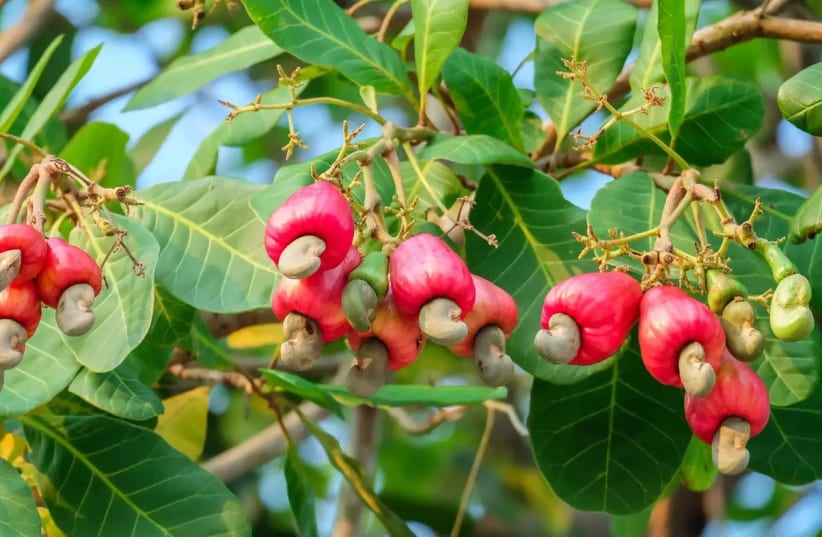Millions of TikTok users were left astounded when they stumbled upon a little-known fact about cashews, those beloved crunchy snacks. Take Jackson Jansen, for instance; his jaw dropped when he realized that the popular "nut" is, in reality, a seed that grows on the exterior of a sizable, pear-shaped pseudo-fruit, commonly referred to as a "cashew apple."
Upon making this eye-opening revelation, Jansen promptly shared a video capturing his astonishment, complete with images of the familiar snack — which, surprisingly, sprouts on the outer surfaces of numerous cashew apples. "What the f**k is that? You're telling me this grows in a tree, pushes out this f**king nut, and it makes cashews?" Jensen exclaimed. "I feel like I've been lied to my whole life!"
Cashews come from where? Social media users react to a nutty revelation
Many viewers confessed to struggling to digest this newfound information. "I don’t know where I thought cashews come from but it’s not that," stated one.
Another person wrote: "I refuse to believe this. Cashews grow in the supermarket to me."
The shock was not limited to Jansen; he had plenty of company:
@thejacksonjansen Replying to @Luke Mason ♬ original sound - jackson
On the flip side, there were also numerous individuals who were genuinely amazed that people were unaware of this startling truth about cashew nuts. "I think it’s so crazy bizarre that people don’t know all this," one viewer scoffed at the "ignorant" individuals.
While the cashew apple is edible, boasting soft and sweet flesh encased in delicate skin, it does not contain any seeds. Though considered a delicacy in Brazil, it isn't grown for export due to its limited shelf life — 24 hours after harvest, the cashew apple starts to ferment. Cashew juice is predominantly sold in Brazil and is highly popular, akin to orange juice in Israel, for example.
From the core of the fruit, where the flower once blossomed, the true fruit of the tree takes shape — a nut-like kernel. This is the cashew nut, which, botanically speaking, isn't classified as a nut but rather as a seed.
In its raw state, the cashew nut is inedible because it's encased in a shell containing a toxic oil harmful to humans. Consequently, before becoming edible, the hazardous nut undergoes high-temperature roasting, achieved either through steam treatment in a large rotating drum or by immersing it in boiling oil to eliminate residual urushiol. Only after this process can it be dried, peeled, and made available to consumers, as explained by Healthline. These are the "raw" cashews many of us purchase from supermarkets, often labeled as such due to their lack of added flavorings. This is the remarkable transformation of poisonous cashew fruit into an edible delight.
@joneydoum do you know the process of making cashew nuts#learnontiktok #popularscience #study #studywithme #learnsomethingnew #knowledge #interesting #cashews#documentary ♬ Creative - Smile
"That's why it's such an expensive nut," remarked one commenter, while another snarked, that if you could see how they're made, the high price tag will make sense.
The revelation that cashews are technically seeds and not true nuts also left many scratching their heads, reigniting the age-old debate: Is it a fruit or a nut? As one commenter wrote: "Why is it called a nut when it’s a seed? I’m so confused."
